Natural Resources
All Natural Resources Content

Poisonous Plants on Rangelands: Locoweed and Crazyweed
Locoweed and crazyweed are found throughout South Dakota rangelands, and both can cause livestock poisoning.The names locoweed and crazyweed are often used interchangeably. However, there are notable differences between the species.
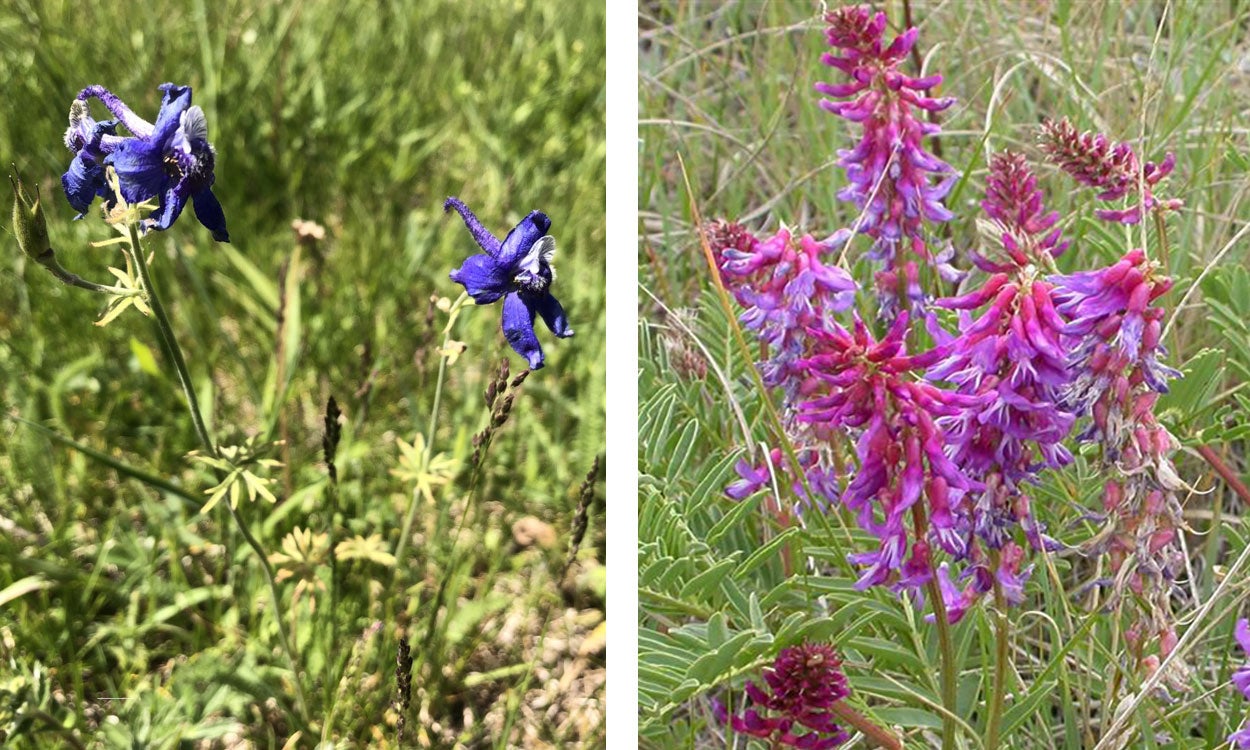
Poisonous Plants on Rangelands: Larkspur and Poisonvetch
Larkspurs are the second leading cause for all livestock deaths from toxic plant poisoning. Poisonvetches are considered accumulator plants that uptake excessive levels of selenium and cause toxicity problems in cattle.
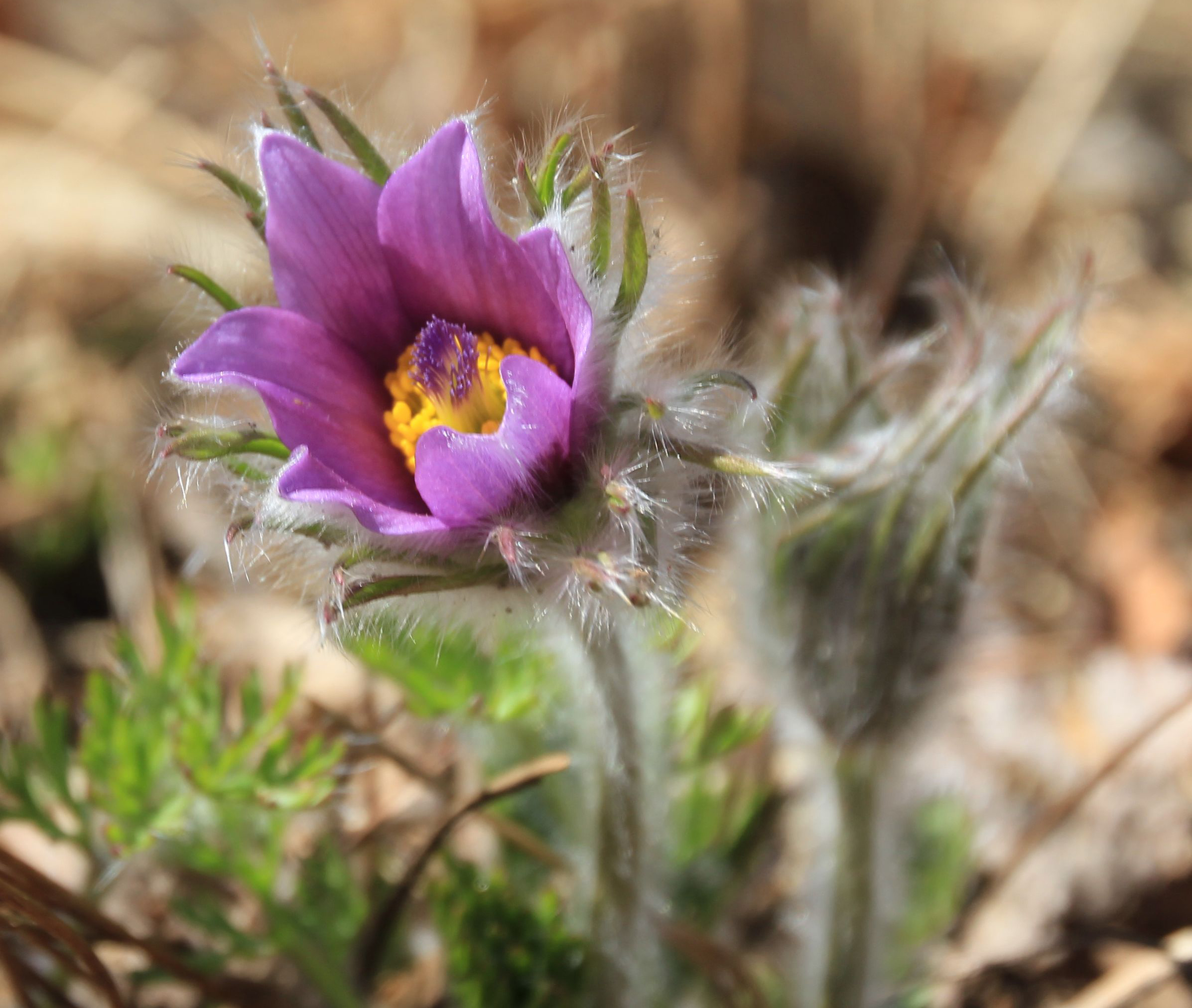
Common Flowering Plants (Forbs) of South Dakota
This guide focuses on forbs, or flowering “broad-leaved” herbaceous plants, but forbs can be narrow-leaved as well.

Liebig’s Law of the Minimum and Phosphorus in South Dakota Surface Waters
Too much phosphorus in water can lead to increased growth of aquatic plants, algae blooms and fish kills. Learn about some recent research investigating the impact of phosphorus runoff on South Dakota's water resources.
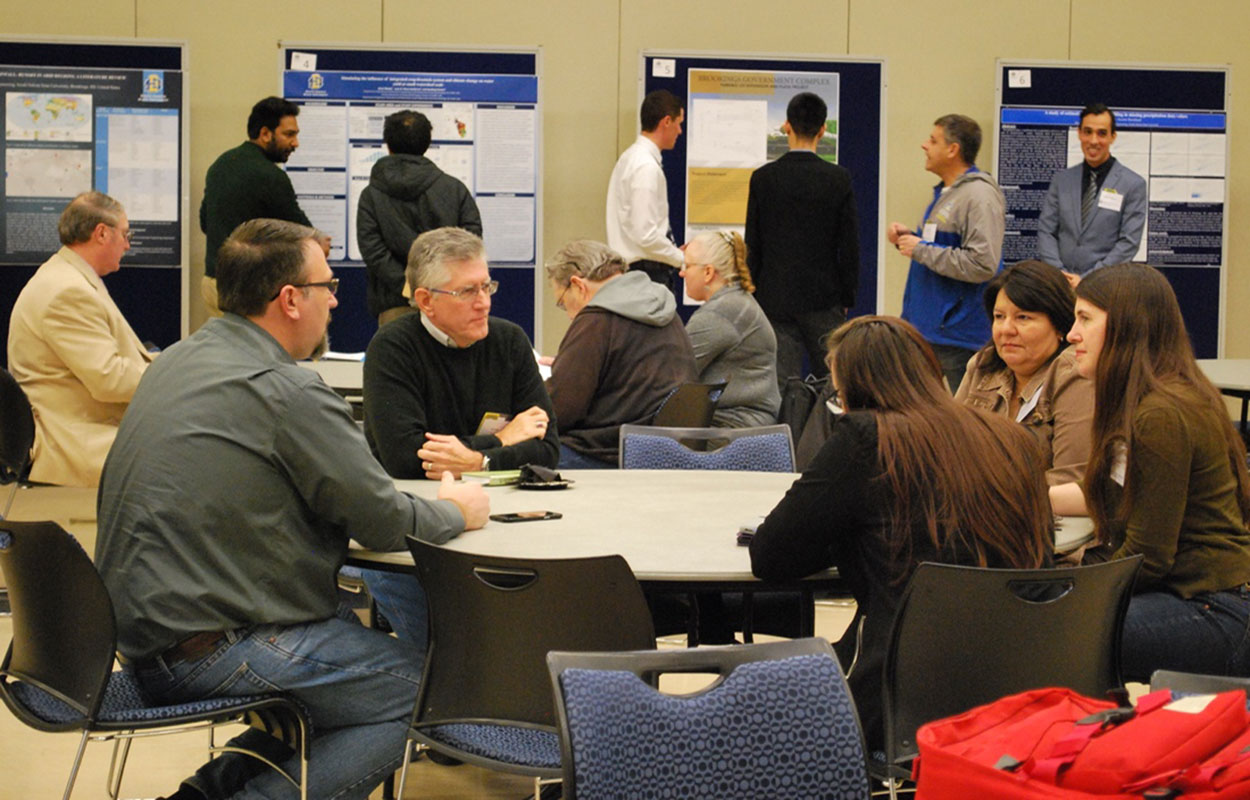
Registration Open for the 2022 Eastern South Dakota Water Conference
September 21, 2022
Registration is open for the 2022 Eastern South Dakota Water Conference to be held on Wednesday, Oct. 12, at the McCrory Gardens Education and Visitor Center in Brookings, South Dakota.
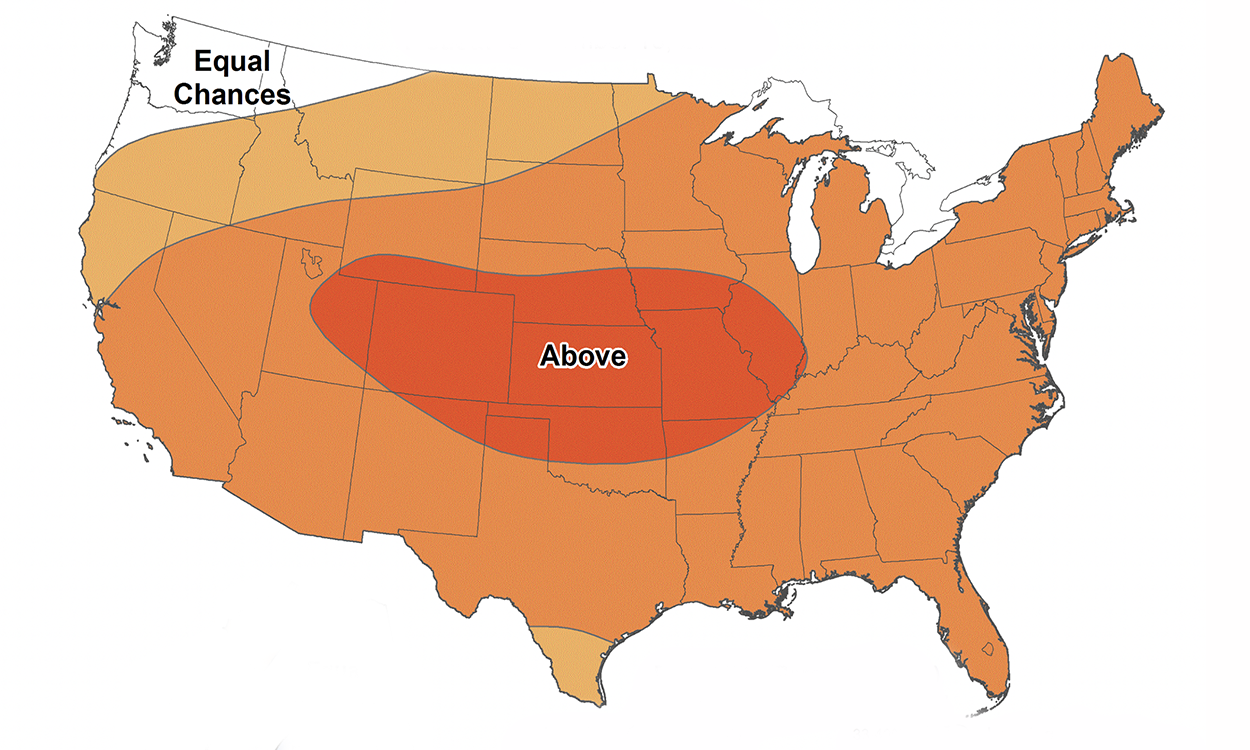
2022 Fall and Early Winter Climate Outlook
The warmth of September is likely to continue into October with odds leaning towards drier than average conditions according to the latest climate outlook released on September 15, 2022.
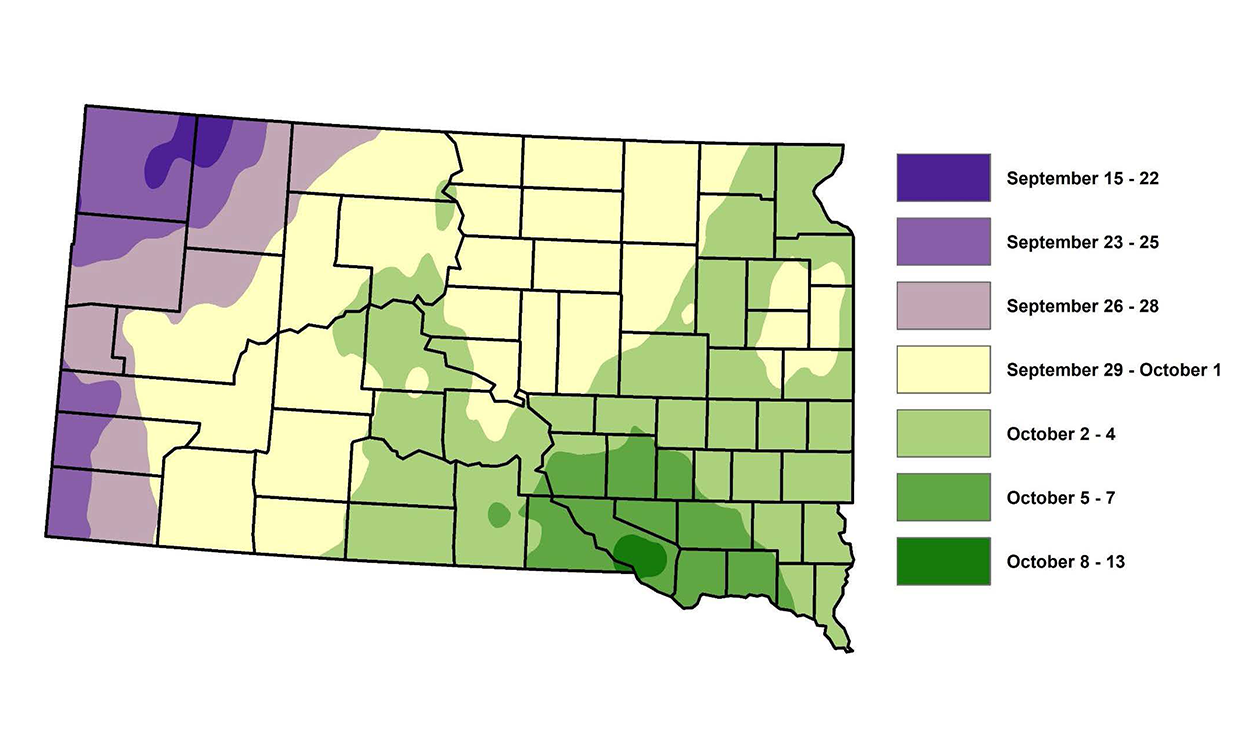
First Fall Frost Dates
The first fall frost often marks the end of the growing season, and many garden plants may not survive the freezing temperatures. Learn about some available tools we can use to predict the first fall frost dates around the state.
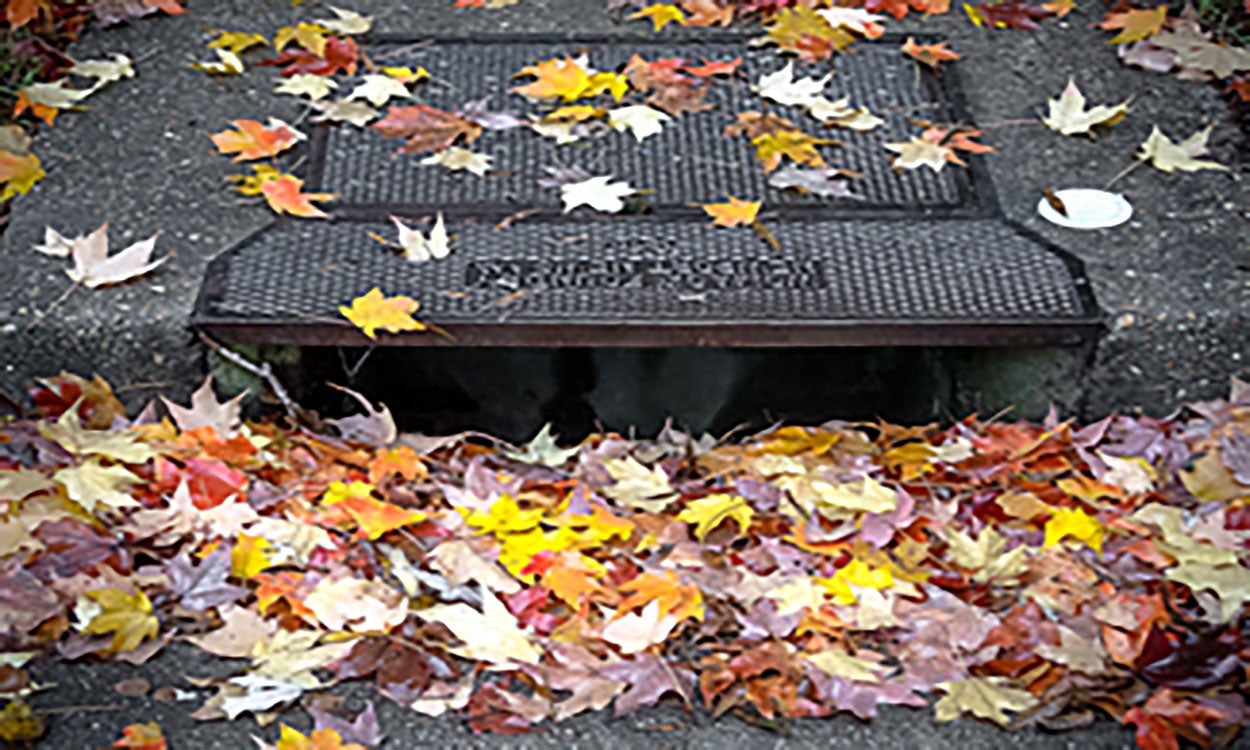
Urban Stormwater Systems and Leaf Litter
Leaf litter can be a significant source of organic debris to urban stormwater systems during fall rain, which can mean nutrient spikes in the receiving bodies of water. Learn some expert tips for managing leaf litter this fall.
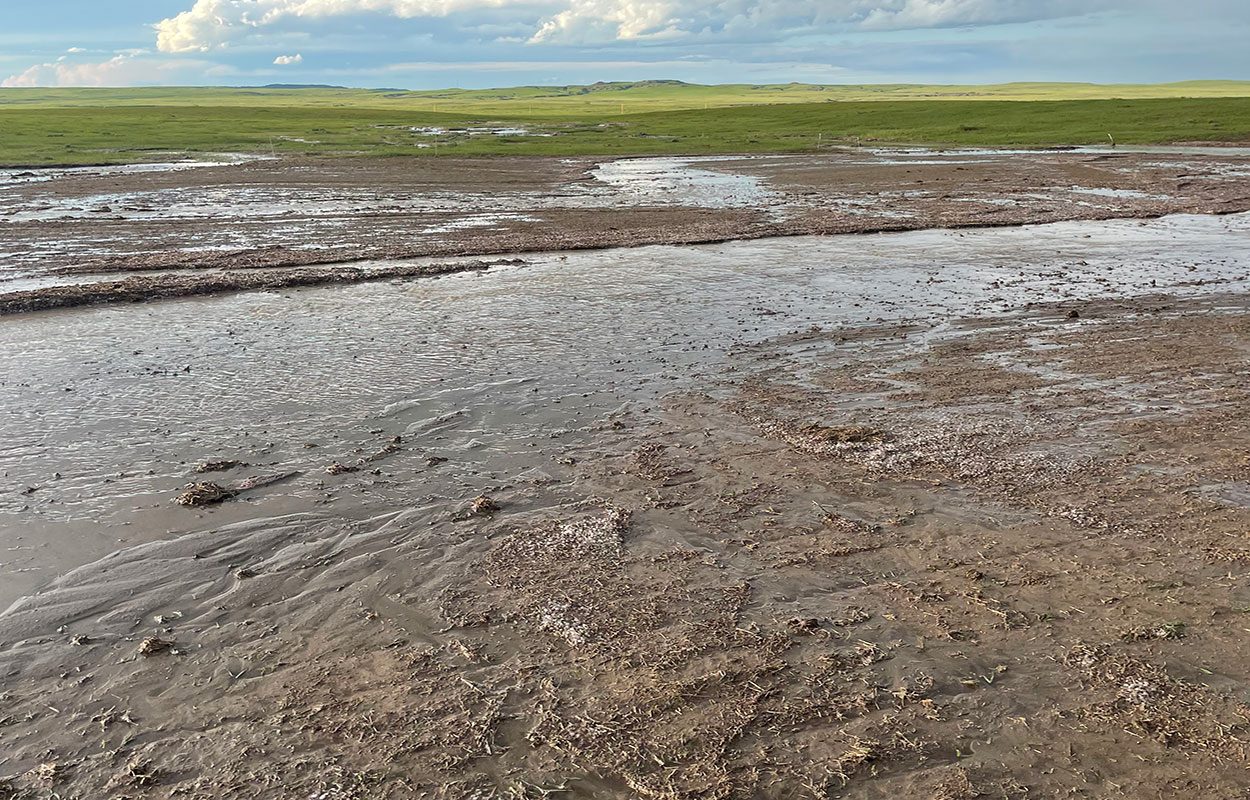
Five Range Management Principles: #4 Residual Forage
Residual forage is the amount of green leaf left after a grazing event. Understanding its importance can help producers capitalize on the symbiotic relationship that occurs when soil health is front and center on rangelands.
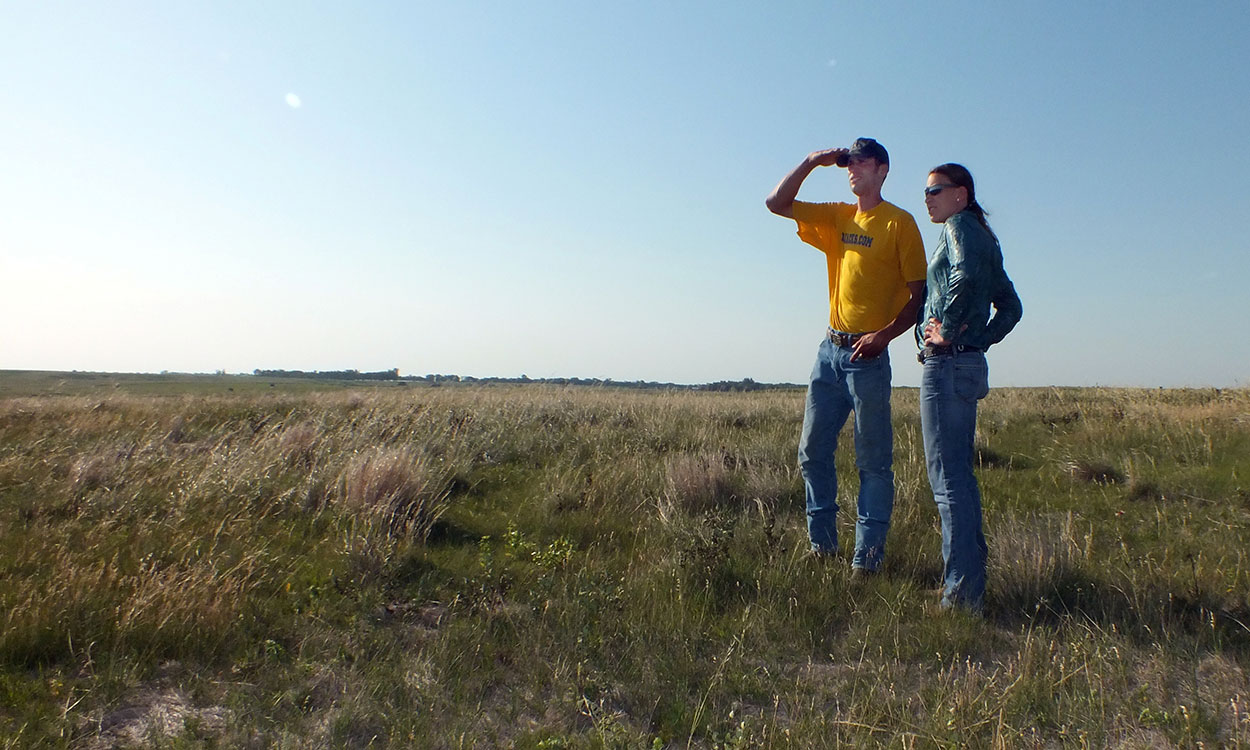
Five Range Management Principles: #1 Adaptive Management
Adaptive management is a process that livestock producers can incorporate into their operation to increase operation flexibility and adjust to changing conditions.